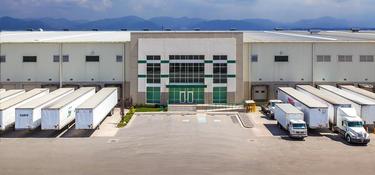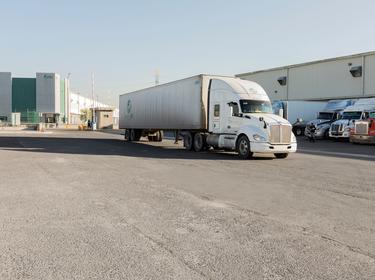
Warehouse Receiving Metrics
Your warehouse receiving process can make or break efficiency in the rest of your warehouse because inefficiencies in receiving can cause a domino effect that reverberates throughout the entire system. In other words, if you start off on the wrong foot, it’s hard to catch up. Therefore, measuring the efficiency of your receiving area is one of the most important KPIs.
Two key receiving metrics to measure are the time trucks spend at the dock and the time required to process inventory for intake. By measuring truck time at the dock, you can identify an array of potential problems, including inadequate labor, low productivity, infrastructure issues and more. The less time trucks spend at the loading dock, the more money you’ll save and the higher productivity will be.
The same applies to the time involved taking in inventory. When you have inventory onsite but not accessible, those goods cannot be packaged and shipped, which means the inventory has no value because it is unable to add income.






